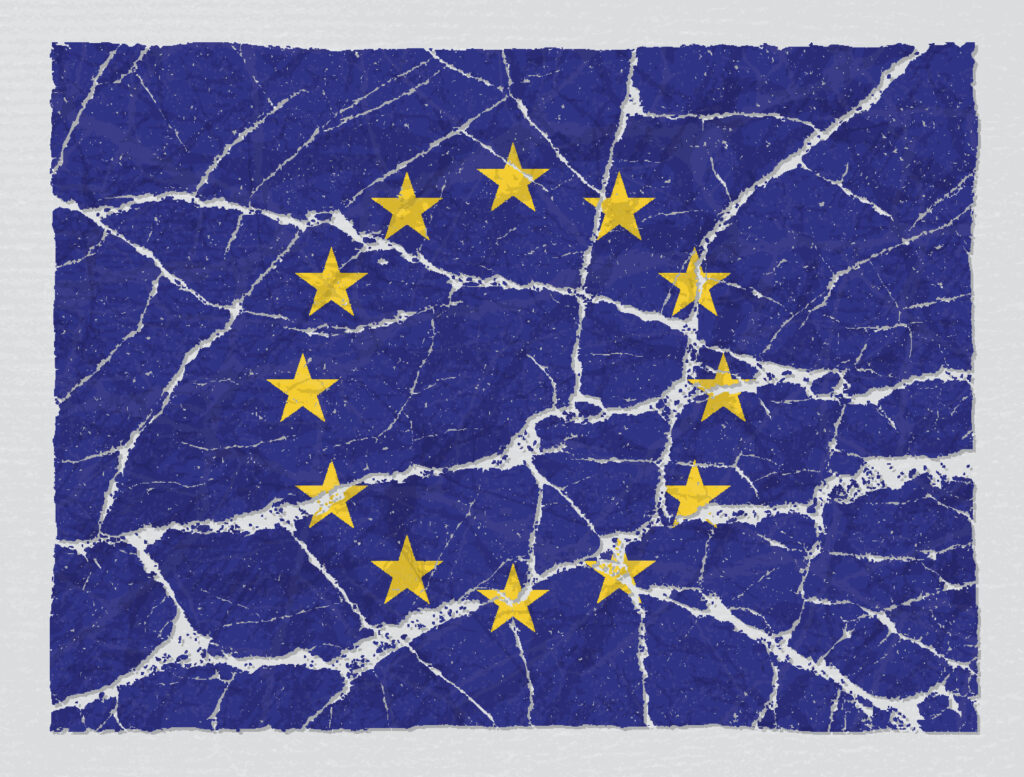
The United States is facing a variety of challenges, with some set to escalate. Nevertheless, one issue consistently sparks discussion: soaring gas prices and the expense of refueling. Presently, gas prices fluctuate between three to four dollars per gallon, contingent on the area. Should prices rise by a dollar or more, as witnessed after the pandemic, it will take center stage in headlines and dialogues.
In Europe, elevated gas prices are not as alarming, primarily due to a dependence on Russian oil and increased fuel taxes that support infrastructure. Europeans are used to high prices and are more forward-thinking regarding climate change, having opted for practical, fuel-efficient automobiles long ago. For instance, in Italy, compact, chic vehicles are prevalent, and there is a growing trend of electric vehicles, leading to diminished costs and emissions.
European nations have made substantial investments in infrastructure, including high-speed rail systems, owing to elevated fuel taxes. These trains are effective, swift, and present a feasible alternative to driving. Conversely, the American automotive culture is swayed by incentives that promote larger vehicles, often shaped by marketing efforts. This has fostered a reliance on gas-hungry vehicles, leaving many Americans ill-equipped for spikes in fuel prices.
Electric vehicles are becoming more popular in Europe, with Norway taking the lead. In September, 96.4% of newly registered cars in Norway were electric. This trend is not as pronounced in the United States, where misinformation and identity politics obstruct advancement. However, economic incentives are slowly pushing a transition towards renewable energy and electric vehicles.
In conclusion, while high gas prices pose a considerable challenge in the USA, they are not as critical in Europe, where innovative solutions and infrastructure investment have lessened their effects.